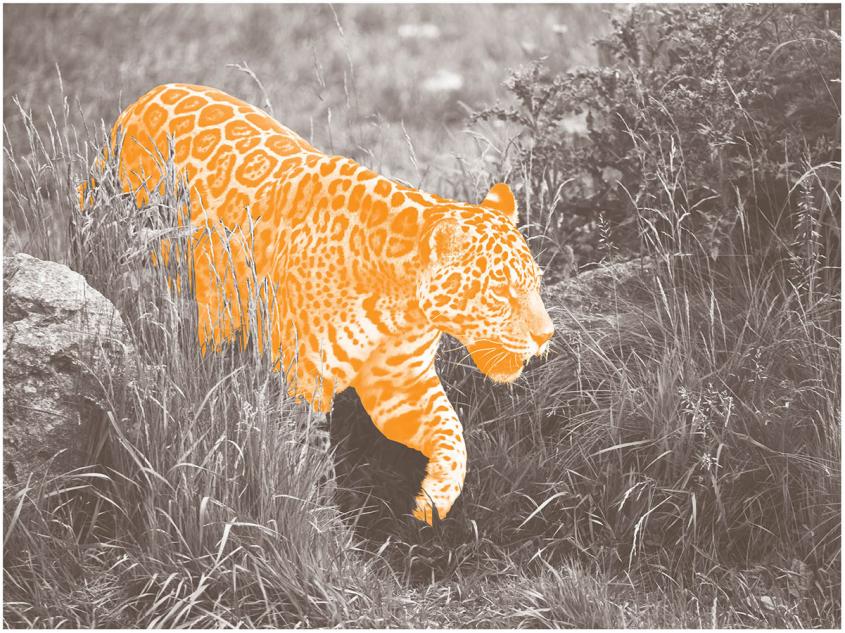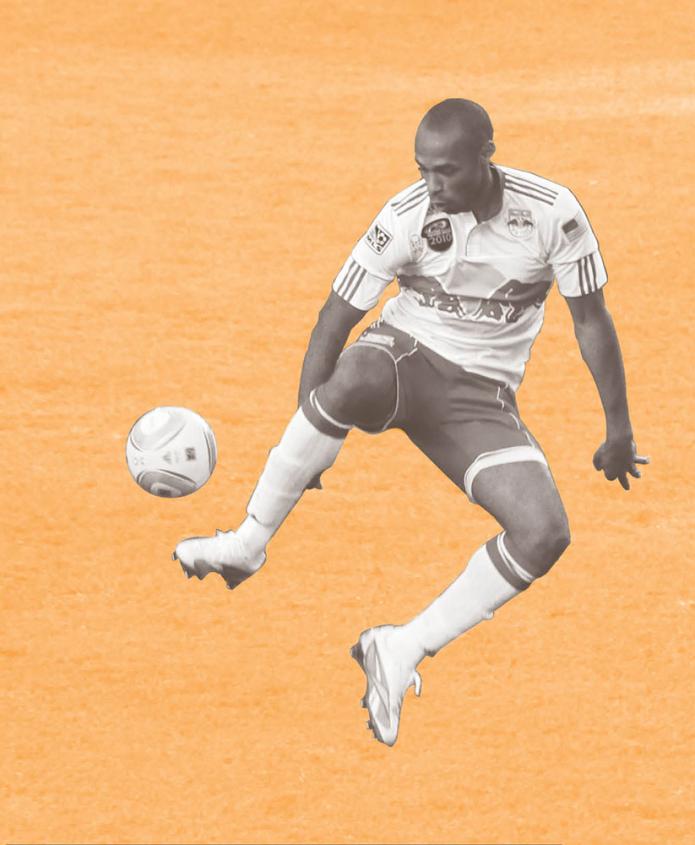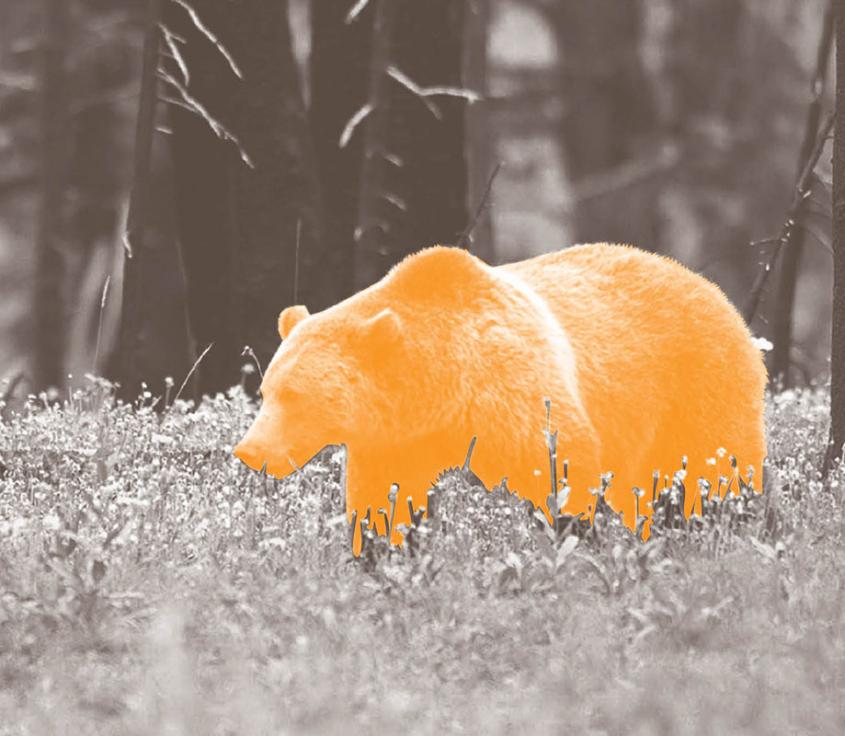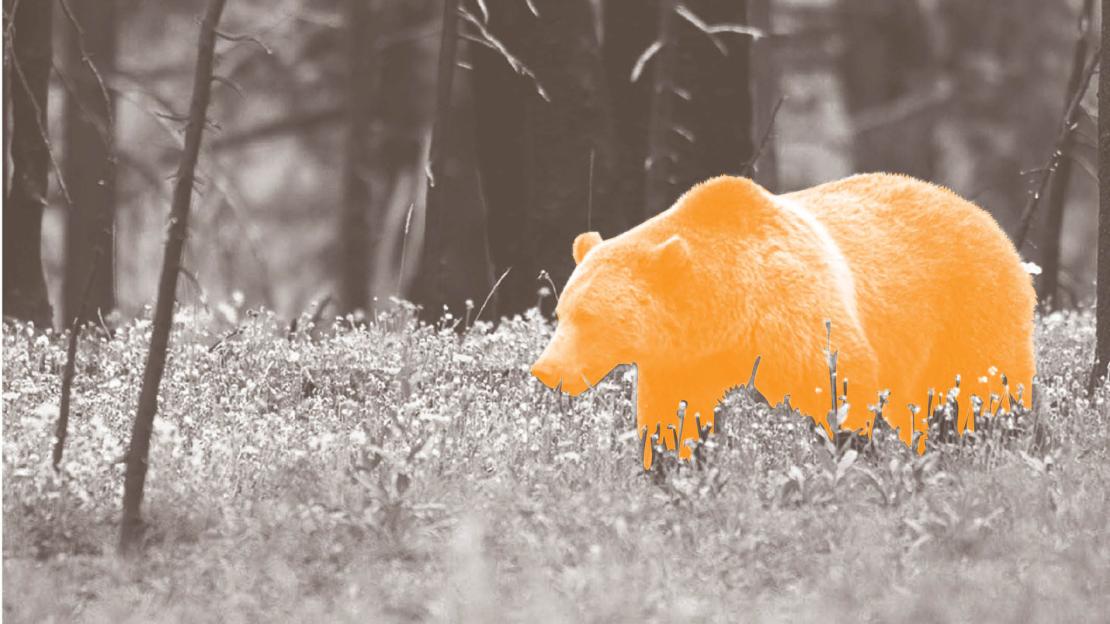Researchers are travellers. They go places near and far, local and foreign, all in search of evidence to confirm or refute a theory, or make discoveries. Some of their experiences are unexpected, and not always welcome. We asked three U of T Scarborough researchers to recount their most unforgettable encounters in the field.
Eye to eye with the jaguar
Jason Weir, associate professor in the Department of Biological Sciences, was with his PhD students in a dense forest in Para, Brazil. It was back in 2012 and they had been working all day. When he stepped out of the forest that afternoon, nothing could have prepared him for the encounter. A mere 20 metres ahead of him, he saw a jaguar crouched on the dirt road.

“We locked eyes. It felt like an eternity but probably only lasted five seconds. Then it darted off the road and was gone,” he says.
As Weir remembers it now, the moment was too brief to feel the magnitude of the danger. He recalls making a lot of banging noises with his machete right afterwards, “to hopefully scare the animal.” The most difficult part, however, was having to go past the area the animal had disappeared into.
“I went back several times over the next few days to the same spot. If it were a tiger rather than a jaguar,” he muses, “I probably would not go back.”
While working in India, Weir had similar close encounters with an Asian elephant, a leopard, Sloth bears, and wild gaur (bison). One of his current PhD students also had a frightening incident when a five-foot anaconda and an Amazonian rattlesnake got caught in one of their bird nets. The student and a field assistant had to face the delicate task of extracting the animals from the net.
Saved by soccer knowledge
In the spring of 2009, Nick Eyles was shooting part of the CBC documentary series, Geologic Journey, in the remote northeastern region of Ethiopia. The assignment took the geology professor to the top of the Erta Ale volcano to film the lava lake in its crater. Back then, working in that area close to the borders with Somalia and Eritrea required being extra careful: it meant travelling through the fiefdoms of tribal chiefs requiring permission to enter and move through their territory, a place where every man carried a gun.
“I got quite used to being surrounded by green-clad soldiers of the Ethiopian army and the more colourful local militias, and being mindful of not sitting on weapons slung into our vehicles or tents,” he recalls.

The danger was always lurking. Cases of foreigners being kidnapped for ransom were rampant, and there was the ever-present threat of people crossing the porous borders to deposit land mines on the road and wreak havoc.
On a hot day — 48 degrees C — and the convoy transporting Eyles and his crew halted outside a collection of wooden huts with tarpaulin roofs. Dust was everywhere, but the group wanted to buy a roadside meal of stringy fried chicken. After the meal, Eyles decided he’d take in the sights and walk on his own to the settlement where he was staying. Unfortunately, it didn’t take him long to realize the error of being an unarmed westerner on foot.
“My movement brought out two intoxicated teenagers, both armed with AK-47s with the safeties ominously clicked to the off position. Faces contorted by anger and their rapidly shifting eyes told me that they were in no mood for small talk even if we could have understood each other,” he says.
Gesturing with their guns, they pulled him inside a hut. Eyles had taken a week-long security course run by Special Air Service (SAS) soldiers before going to Ethiopia, but he knew that none of what he’d learned would help him find a way out of that hut.
Then, by fluke, he noticed logos of Arsenal, the English soccer club, sewn crudely on the straps of rifles. Eyles had been supporting Arsenal, religiously, for over 10 years.
“I pointed excitedly and said ‘Thierry Henry, Robin van Persie, Arsene Wenger,’” he says, referring to then superstar players of the club and their coach. “The effect was instant. Wide smiles broke out where once were grimaces, and white teeth lit up the darkness. I heard the loud click of safety catches going on as rifle barrels were lowered and pointed elsewhere,” he recalls.
“We embraced, shook hands, I took their picture and made my exit from the hut.” He and the boys left “as equals,” he says, “followers of a game that knows no boundaries. Speakers of an international language of those with no common tongue.”
The camera trap and the grizzlies

Sophia Lavergne, a PhD candidate in the laboratory of Professor Rudy Boonstra, spent a number of years travelling to the boreal forest in Yukon Territory, where she and a group of researchers were trapping snowshoe hares near Kluane Lake. They would put the cameras out early in the summer, but wouldn’t check them regularly. The cameras were passively collecting data which the researchers would later analyze to better understand the effects of predatory, and other stress-inducing events, on the hares.
At the end of the season, the research team gathered to watch some of the camera footage, “mostly just bunnies,” says Lavergne. No one anticipated what else the footage would reveal: a very real and present danger that came and left unnoticed while the team was checking on the traps.
“We started seeing clips of us walking through late at night or early in the morning checking traps,” she recalls, “and then a few seconds later, a big grizzly ambling after us. We had no idea! There were multiple days of this happening. So unbeknownst to us, we had an escort on those late nights. It’s probably better we didn't know at the time!”
